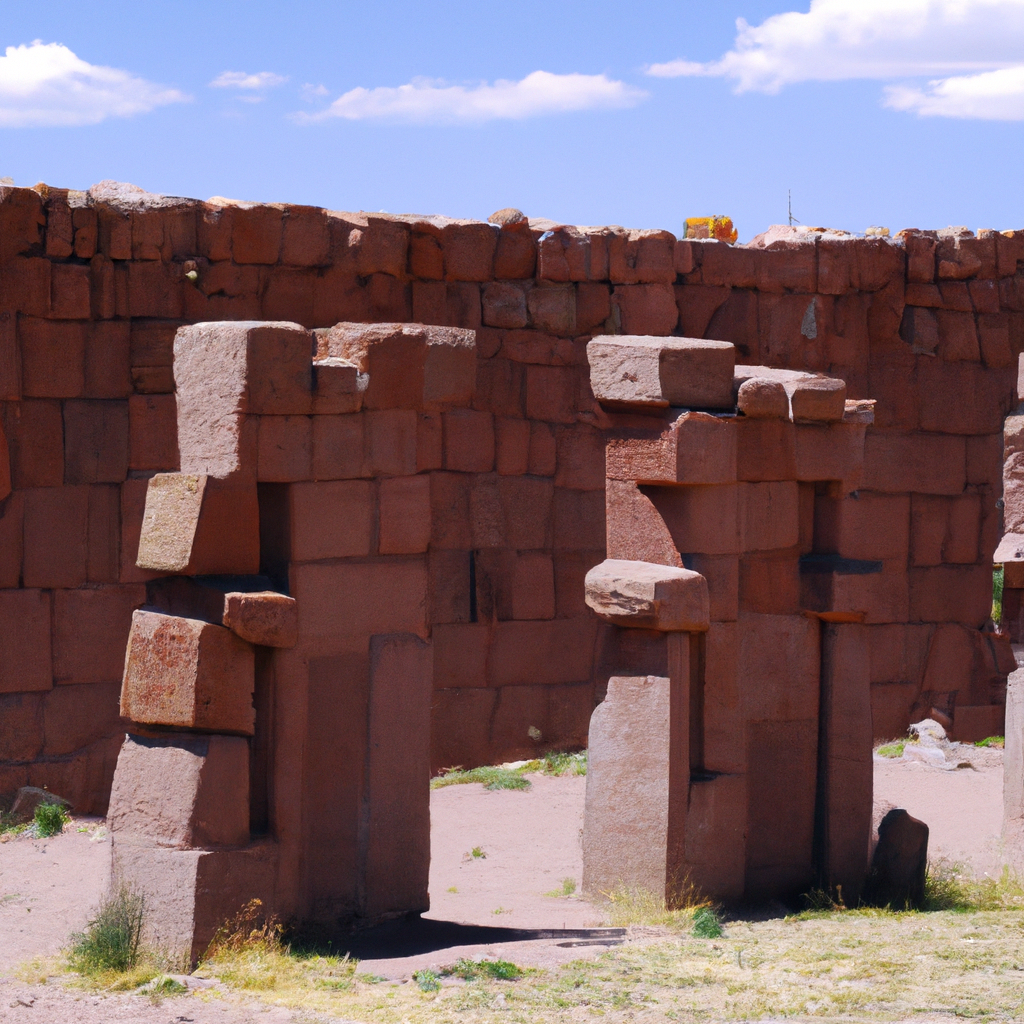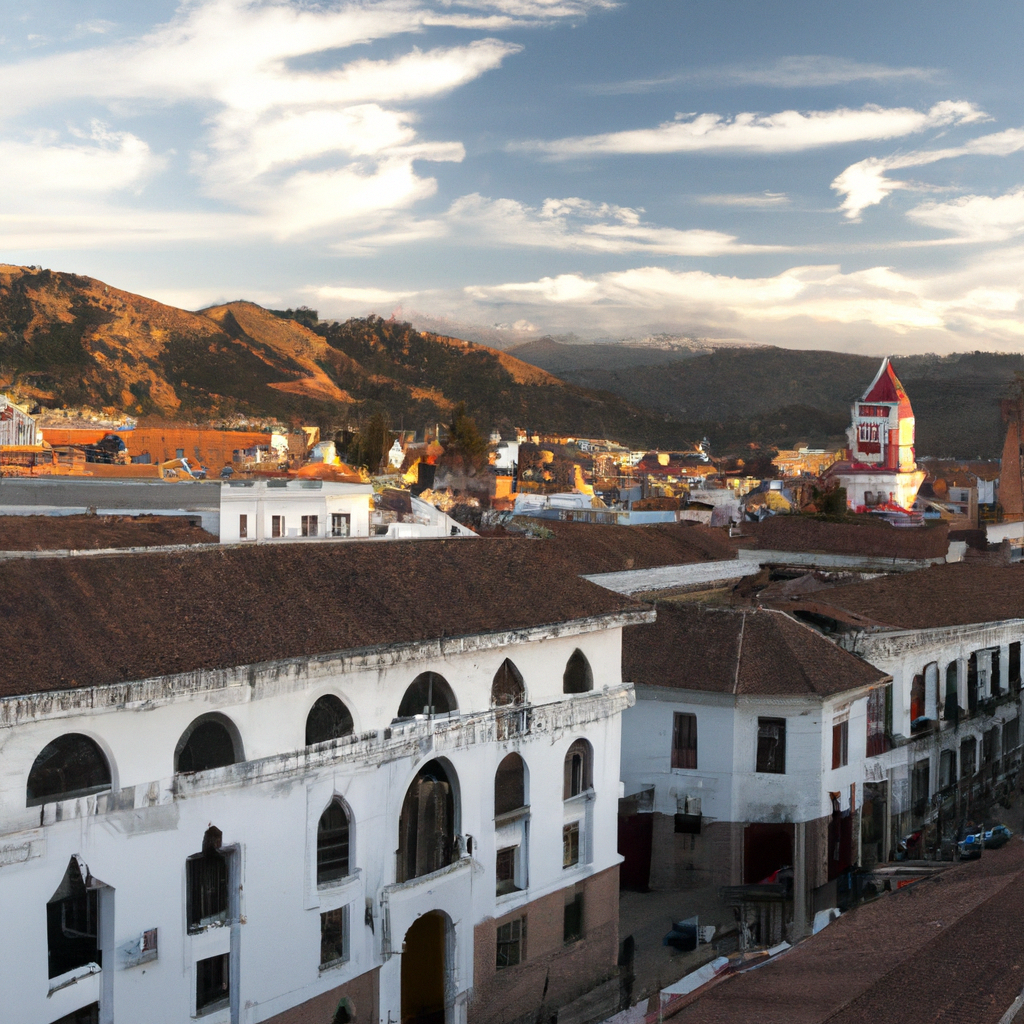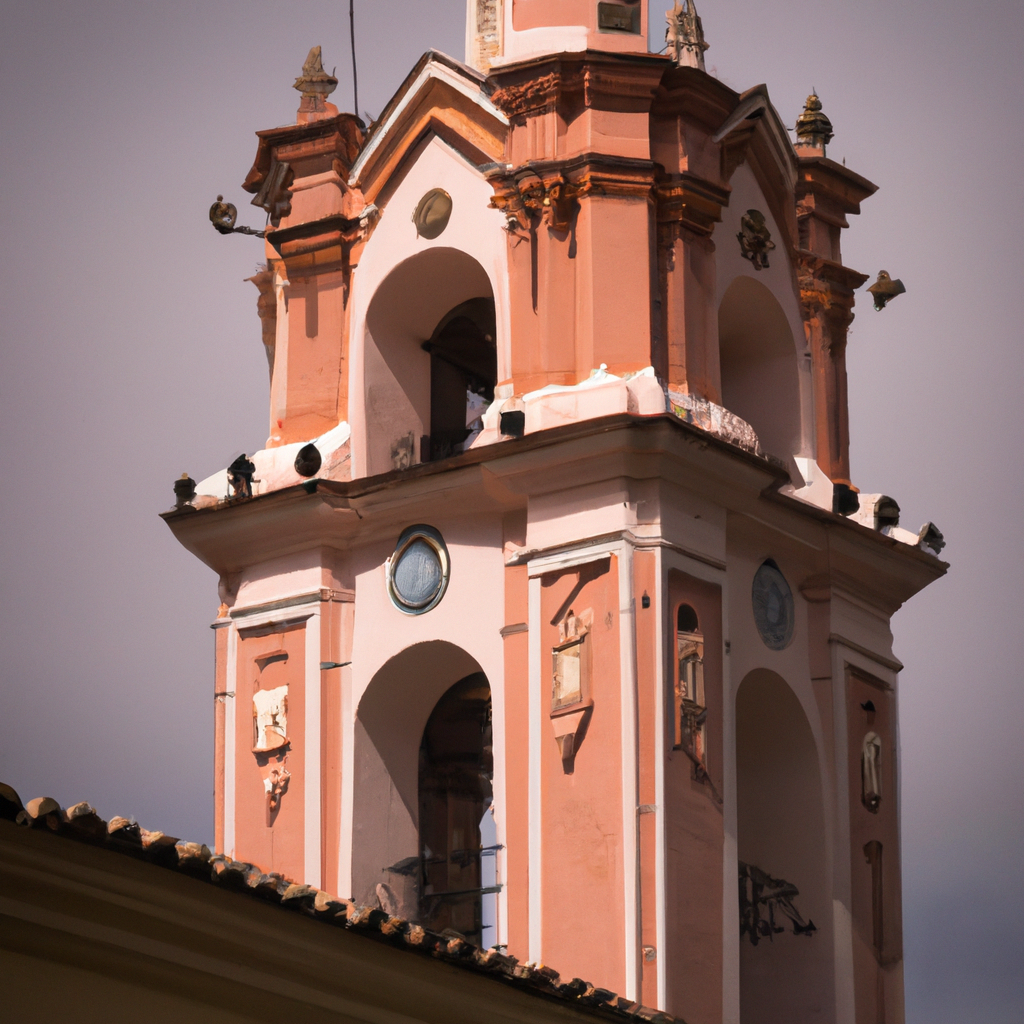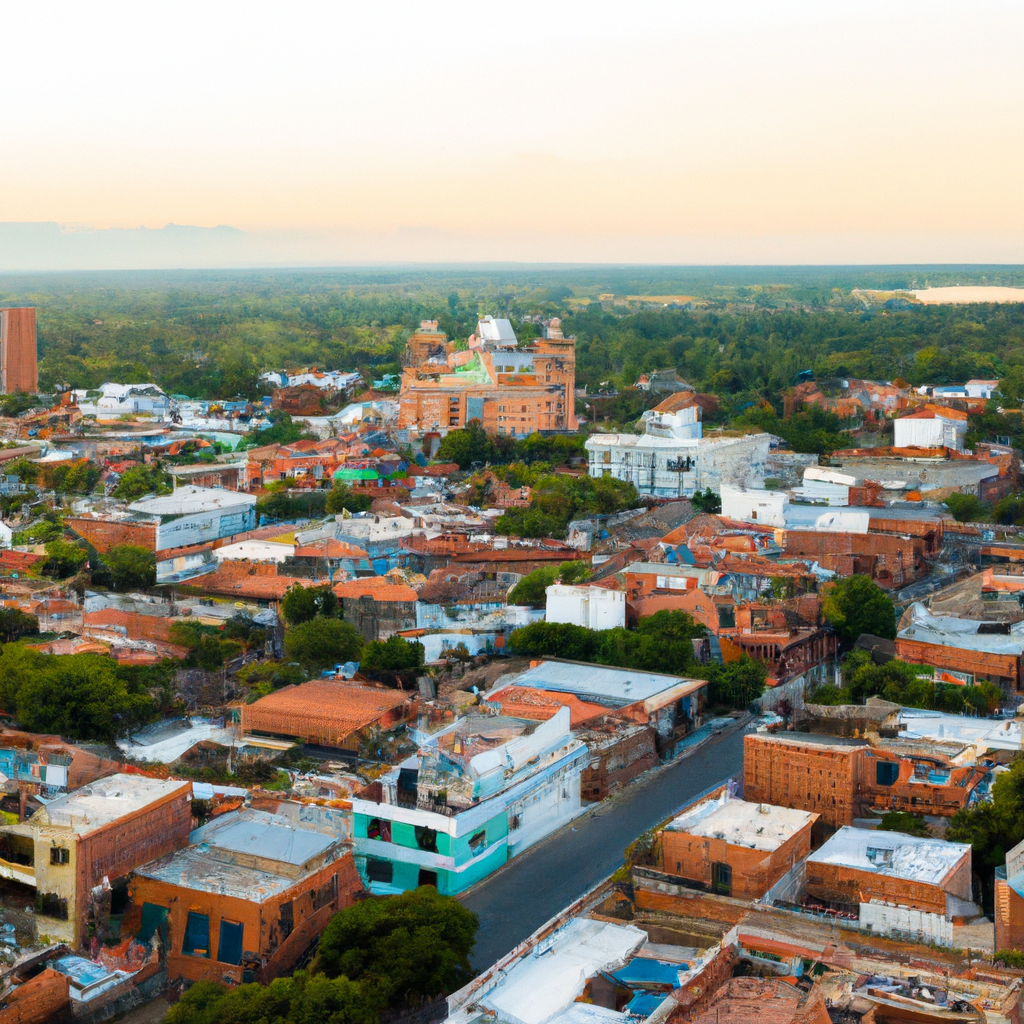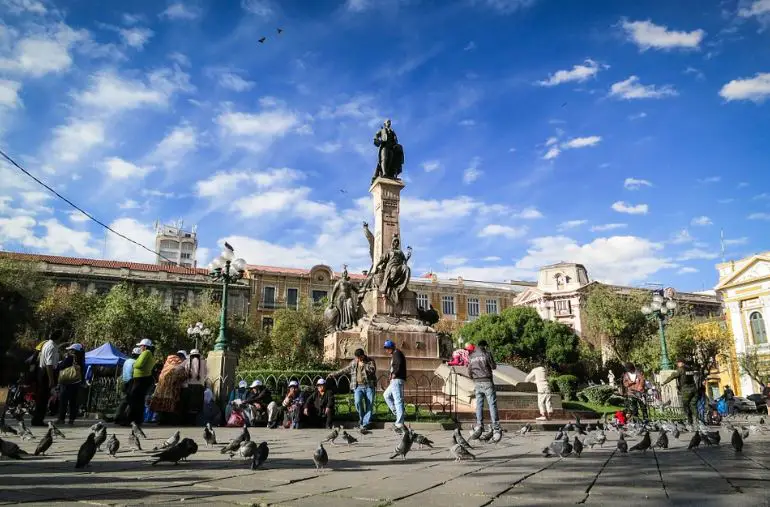Tiwanaku In Bolivia: Overview,Prominent Features,History,Interesting facts
Overview:
Tiwanaku is an archaeological site located near the south-eastern shore of Lake Titicaca in Bolivia, the site was occupied by a powerful Pre-Columbian civilization that flourished from 900 to 1200 CE. It is known as one of the most important and influential ancient civilizations in the pre-Columbian Americas. The site's original inhabitants were an Aymara people, who were culturally related to other Aymara groups in Peru, Bolivia, and Chile. At its height, the city covered an area of almost 400 hectares and contained over 10,000 structures, including the mound of Akapana. This associated mound contained over 70 large stone masonry platforms, several of which surrounded a sunken court. The largest platform, Akapana East, was 45 metres in height and 200 by 400 metres in size. Other features found at the site include numerous sunken circular plazas, quadrilateral stone towers, and extensive use of raised field agriculture. You can learn history, culture, and heritage through these magnificent monuments in Bolivia
Prominent Features:
1. Akapana Pyramid: This iconic stepped pyramid dominates the Tiwanaku landscape, occupying a 20-hectare (50-acre) area. Archaeologists suggest that it was intended to represent a mountain as part of an earth-venerating religion. 2. Kalasasaya Temple: A temple complex set between the Akapana and Pumapunku, Kalasasaya has an unearthly appearance with its great red sandstone blocks, some weighing up to 45 tons. There are various ceremonial doorways and delicate engraved stone designs to explore. 3. Puma Punku: This incredible terraced platform is connected to the Kalasasaya Temple by a sculpted corridor. The precisely worked stones used in its construction are still the subject of much conjecture. Many of them were cut to fit perfectly, without the use of mortar. 4. Monoliths: A plethora of monoliths dot the Tiwanaku landscape, most of them depicting humans, animals, and monstrous figures. The most recognizable is the Ponce monolith – a seated figure surrounded by condors, guanacos, and foxes. 5. Cultural Artifacts: Tiwanaku was once a populous city, and archaeologists have unearthed many artifacts from the culture that once lived here. From pottery and metal tools to jewelry and other luxury goods, these finds provide valuable insight into the lives of Tiwanaku's inhabitants. This national monument of Bolivia portrays the history and culture of the country.
History:
Tiwanaku is an ancient cultural site in Bolivia near Lake Titicaca. It was once an important political, economic, and religious center in the pre-Inca and Inca times. The oldest ruins at the site date back to around 1000 BC, though it is believed that the culture dates back to as early as 1500 BC. The culture eventually declined during the 12th century AD, though the Tiwanaku people continued to inhabit the region until the conquest of the Incas in the 15th century. The culture of Tiwanaku is best known for their monumental architecture. The city is home to one of South America's most prominent archaeological sites, and includes an impressive complex of megalithic monuments such as the Gateway of the Sun, Pumapunku, and Kalasasaya. These structures are thought to be related to the gods of the region, as well as part of an important astronomical observatory. In addition to the importance of the archaeological sites, Tiwanaku is also known for its ceramic art. This includes the colourful pottery and ceramics that have been found in tombs within the area. These ceramics depict scenes from everyday life such as hunting, fishing, and religious ceremonies. The Tiwanaku culture had an influence on a large number of other cultures in the region, and the language and culture of the Tiwanaku people left an indelible mark on South America. Today, the Tiwanaku culture is still celebrated in Bolivia with festivals such as the Wiphala Festival, which celebrates the god of the Tiwanaku people. You must visit one of these historical places in Bolivia on your Bolivia tour
Interesting facts:
1. Tiwanaku was considered the most important Pre-Columbian center in South America. 2. At its peak, it was a prosperous city with a population of over 40,000 people. 3. Archaeologists believe Tiwanaku flourished from AD 300-1000 before it was mysteriously abandoned. 4. Its ruins contain some of the oldest-known stonework in the Americas. 5. Tiwanaku is considered the spiritual center of the ancient Tiwanaku people. 6. Scientists believe the city served both religious and administrative functions. 7. Tiwanaku was home to some of the most advanced and exquisite stoneworking in the world, including the iconic ‘Gate of the Sun’. 8. Scholars believe that the city was founded around 300 BC and flourished until its sudden demise in 1000 AD for unknown reasons. 9. The city had large-scale agricultural projects that supplied produce to surrounding areas. 10. It was declared a UNESCO World Heritage Site in 2000. Visit one of the famous monuments of Bolivia with your friends and family.
Explore Bolivia most popular tourist destination with us. Tiwanaku In Bolivia: Overview,Prominent Features,History,Interesting facts,which is 35.14 km away from Bolivia main town, is the most popular destination to add in your travel wishlist.
-
City:
Bolivia
-
state:
Tiwanaku, Bolivia
-
country:
Bolivia
-
country code:
BO
-
postcode:
7803
Location:
Tiwanaku, Bolivia Bolivia
